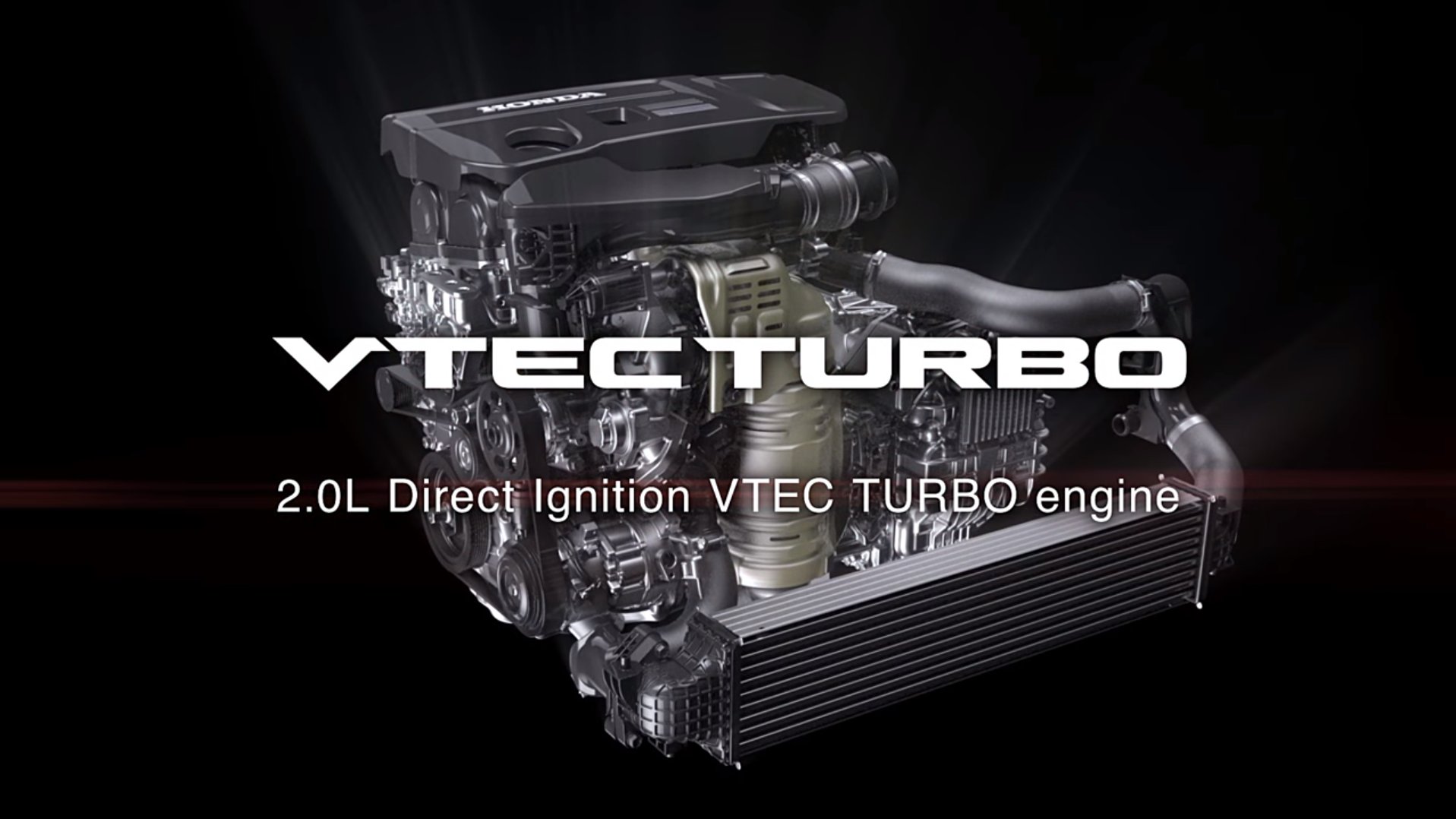

Honda has a new video showing an animation of their new 2.0-liter, direct-injected, DOHC, VTEC Turbo inline-four engine doing its best EcoBoost impression. This is the powerplant that will go in the all-new 2018 Honda Accord, set to debut later this year, in lieu of a V6.
We don’t get any new stats on the engine, but we do get vague charts showing how much better it is than any other competing turbo-four. Honda claims their engine will be more responsive, delivering more torque at lower RPMs thanks in part to an enhanced valve setup. The new design promises to increase power and efficiency by doing a better job expelling all the exhaust in a given cylinder before the next combustion cycle, allowing for more fresh air to be pulled in.
Another thing Honda is proudly displaying is their new engine’s highly efficient cooling performance. It has an integrated exhaust manifold cylinder head and a two-piece water jacket. There are slits between each cylinder for coolant to pass through and the pistons even have integrated cooling channels. Theoretically, all that should be great for performance, efficiency, and overall engine longevity.
Finally, there are weight savings. Honda added lightness to this motor with “comprehensive reduction in weight of reciprocating parts” giving this engine the “lightest weight in class for torque ratio (for an engine using regular gasoline)” This is classic Honda – a light, torquey little engine that doesn’t demand premium fuel.
Things get a little more complicated when the video explains the new 10-speed automatic transmission. It’s all about keeping the design compact, and Honda claims 20 percent improvement for transmissible torque and a 10 percent weight reduction compared to their old 6-speed automatic.
It’s nice to see a technical video for an engine in a midsize Honda that stresses engine performance and an enjoyable driving experience as much or more that fuel efficiency. It’s a little sad to know there won’t be any more V6 Accords, but if the new turbo-four delivers on these promises, we might not miss those extra cylinders.